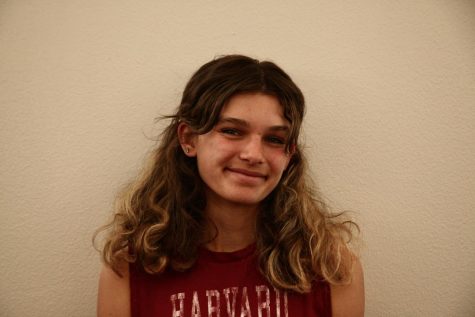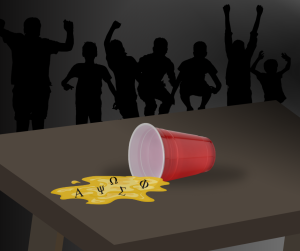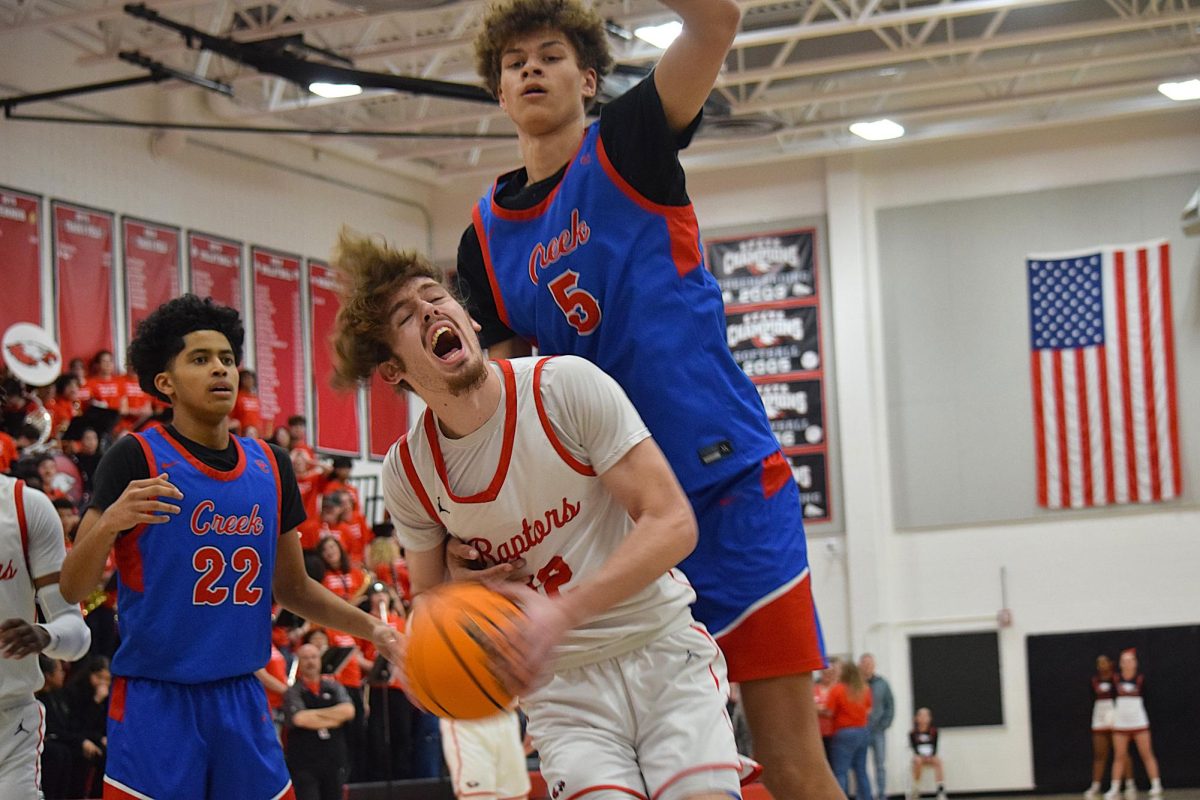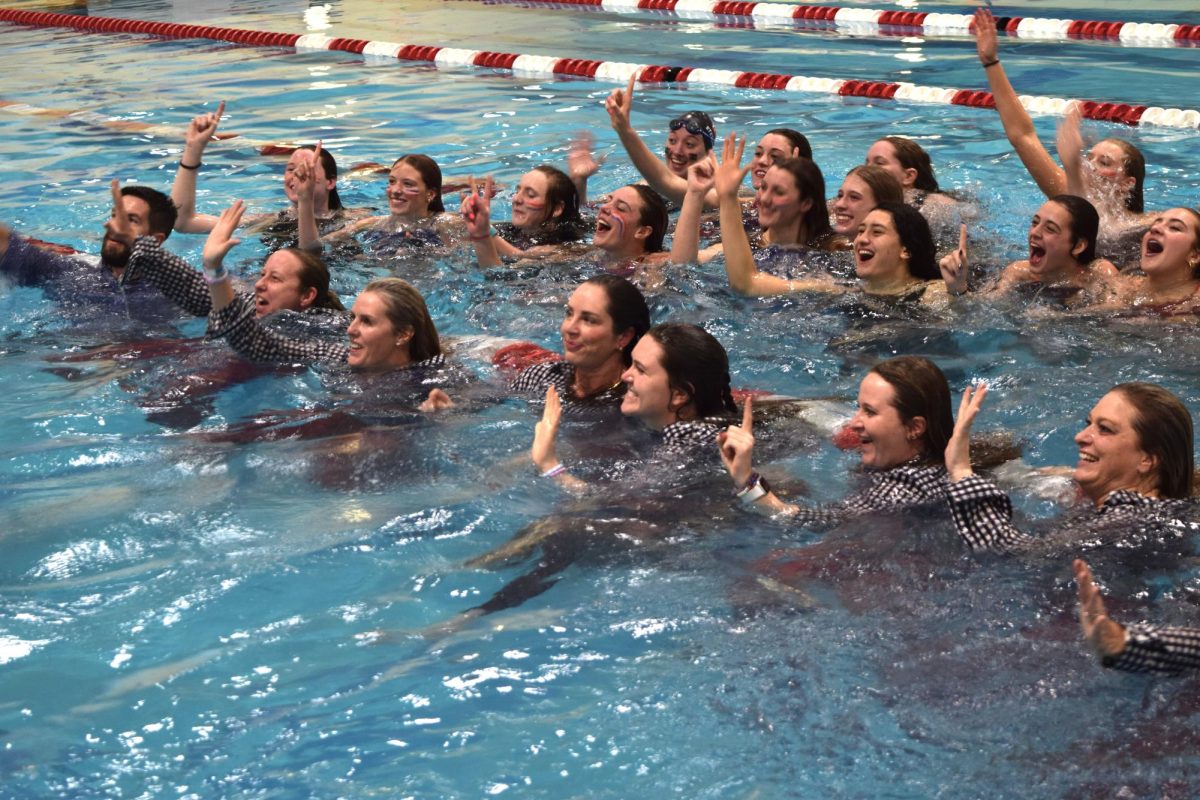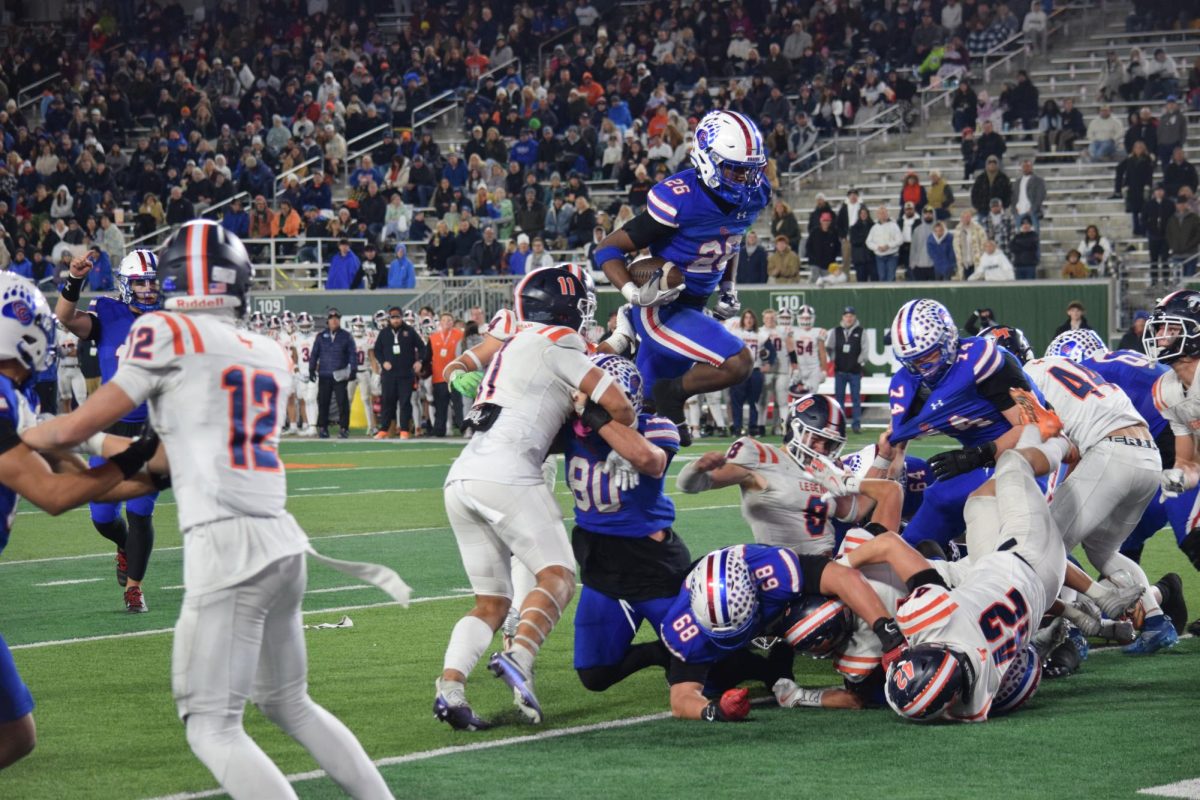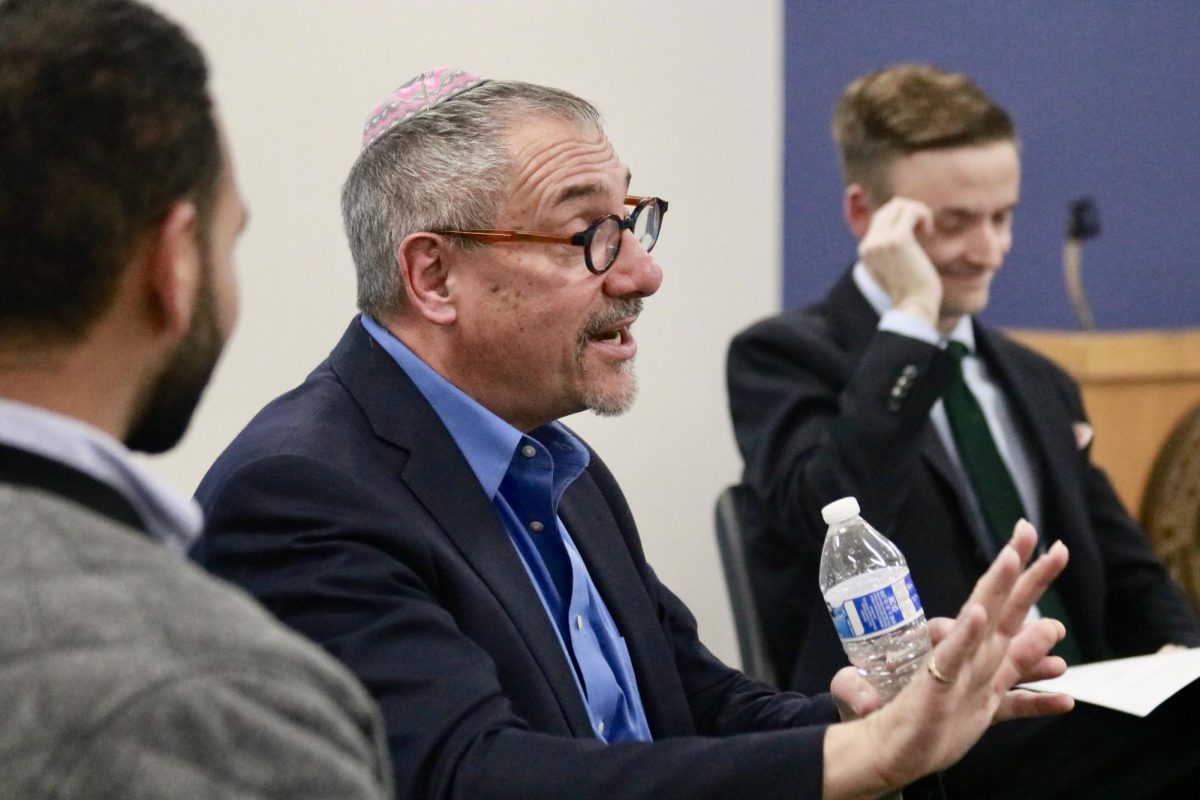South African Student Adjusts to American Culture
Courtesy Of Dhivian Moodley
Dhivian Moodley and his friend Leighlin Beiling outside his home in South Africa.
May 11, 2023
A boy sits on a plane heading to Mexico, gazing out at the high walls surrounding the houses in Alexandra, a South African township. Slums with 40 people living under one roof populate the area, and thick, polluted air that residents in the next town over can smell greets his roaming eyes. After arriving in Mexico, Dhivian Moodley, a sophomore at Creek, stayed only for two weeks until he moved again to his new home in America and began to adjust to life there.
The move came unexpectedly, after Moodley’s dad got a job in America. After hearing the news, an immediate sense of relief washed over Moodley. He had been presented with an escape from the dangers of South Africa but more importantly, a way to live out his American Dream. To Moodley, America was the “promised land,” an escape from the poverty and dangers of South Africa. But, the adjustment to American culture, or lack thereof, came as a shock.
“There’s not much American culture,” Moodley said. “Whereas in South Africa, you have gumboot dancing [and] you have a bunch of languages. [There are] 11 different languages in our anthem, and there’s just a lot of culture.”
According to South African History Online, South Africa is often referred to as the rainbow nation. South Africa is one of the most culturally diverse nations in the world, mixing over 11 different religions and cultures, not including indigenous and unofficial cultures. But the crime rate in South Africa takes away from the draw of the culture.
Ranking third in highest crime rates in the world, according to World Population Review (2023), South Africa is renowned for violent crimes such as murder. While crime mainly affects largely populated areas, small towns are not saved from it.
“One of the things most Africans are aware of is our lack of freedom. Since there’s so much crime in the country and most of the crime is quite violent it’s not very safe to walk around, spend time with your friends, [or] go outside,” Saigan Moodley, Dhivian’s brother and a freshman at CU Boulder, said. “You always constantly have to be looking over your shoulder, which in reality is quite a scary concept.”
Both D. Moodley and S. Moodley believe that the high crime rates come partly from a lack of a support system in South African schools. Many teachers in South Africa don’t care about the well being of their students, subjecting them to stress and mental health problems because of the lack of encouragement. In contrast, D. Moodley has found that American teachers are supportive of him.
“The teachers actually care about their students generally,” D. Moodley said. “Teachers are just overall nicer and they smile whereas in South Africa they don’t smile.”





